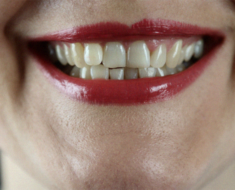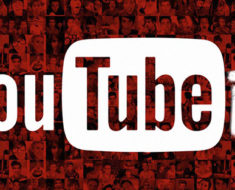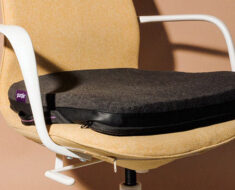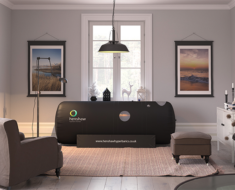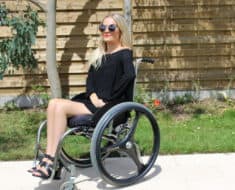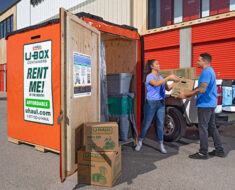
Fullerton Hearing Center
Even three years later, the COVID-19 pandemic continues to impact many aspects of our daily lives. From the way that we work to the way that we socialize, the pandemic brought about a need to adapt to a new way of living, and many of it has stuck. Hybrid working, for example, has now become commonplace after workers were forced to work remotely throughout the lockdowns. And another area that has seen significant changes is the hearing aid industry. In this post, we’ll look at how COVID-19 impacted and continues to impact hearing healthcare and hearing aids sales and usage.
A Shift To Online Sales
One of the most significant impacts of the pandemic on the hearing aid industry was the shift to online sales and online services. Before COVID-19, it was becoming more and more commonplace to book hearing tests or purchase hearing aids online. And, being forced to stay at home and do more online only took this to new levels. At the time, many retail locations had to close, or at least operate at a reduced capacity. This led to many consumers turning to the internet to book hearing tests, find a hearing aid specialist, or purchase hearing aids. As a result, there was a significant increase in online sales for hearing aid manufacturers and retailers.
Online sales have been particularly useful for those who are uncomfortable with, or unable to visit a physical location to purchase hearing aids. Older adults, for example, or people with underlying health conditions, preferred to shop online during the pandemic due to their increased risk of contracting COVID-19. And even now, despite the risk being lower, many people still find it safer and more convenient to book and shop online.
Increased Need For Hearing Aids
The COVID-19 pandemic also resulted in an increased need for hearing aids, with many people realizing the extent of their hearing loss during the pandemic. During the lockdowns, many people were spending more time at home, with a big shift to remote work and virtual meetings. This led to an increased reliance on technology, including various online communication platforms and video conferencing for work. Unfortunately, many of these technologies can be difficult for people with hearing loss to use, and many have led to further hearing aid purchases, either by people who now required them to work effectively, or people who realized how bad their hearing loss had gotten as a result of remote working.
Along with this, the use of face masks throughout the pandemic, while important for reducing the spread of the virus, also impacted communication for those with hearing loss. An increase in hearing aid sales during the COVID-19 pandemic may have been because people with hearing loss who may have relied on lip-reading to communicate were no longer able to do so. What’s more, face masks can muffle speech and make it harder for individuals with hearing loss to understand speech, especially in noisy environments.
Fitting And Maintenance Challenges
The pandemic presented several challenges for hearing aids users, especially in terms of hearing aid fitting and maintenance. As the situation required many audiology clinics to close or operate at a reduced capacity, this made it difficult for hearing aid users to get their hearing aids correctly fitted and adjusted. At the time, people were also more fearful of visiting clinics due to the risk of contracting COVID-19, which led to a delay in hearing aid fittings and maintenance for some people.
An Increase In Remote Support
Remote support became increasingly important for hearing aid users during the pandemic and continues to play a part in hearing care today. Many hearing aid manufacturers and clinics began offering remote support services because of the COVID-19 pandemic, and many continue to do so. These services allow individuals to receive assistance with their hearing aids from the comfort of their own homes.
Remote support can include a range of services, including remote hearing aid fittings, adjustments, and troubleshooting. This has been especially beneficial for individuals who would struggle to or are uncomfortable with visiting a physical location to get support with their hearing aid. We have also seen an increase in remote hearing tests thanks to telehealth, allowing patients better access to this vital service.
What Does The Future Hold For The Hearing Aid Industry Post-Pandemic?
The impact of the COVID-19 pandemic on the hearing aid industry has been significant, and we are already seeing how it has shaped the industry over the past three years. It’s likely to continue to shape the hearing healthcare and hearing aid industry for years to come. With many consumers now more accustomed to shopping online post-pandemic, for example, the shift to making hearing test bookings online and online hearing aid sales is likely to continue.
Along with this, as virtual communication continues to be an important part of our daily lives, with more people now working remotely some or all the time than ever before, the increased need for hearing aids is also likely to continue. Remote support services are also likely to remain a permanent part of the hearing aid industry, providing individuals with more convenience and access when it comes to getting the support that they need with their hearing aids.
Despite being three years ago, the COVID-19 pandemic continues to shape the hearing healthcare and hearing aid industry in ways that are set to be permanent. COVID-19 affected everything from hearing aid sales, to usage, to support, repairs, fitting and maintenance. Although there were challenges, the hearing aid industry is one example of how adapting quickly allowed them to meet the needs of consumers both during and after this challenging time.
While there are still lots of after-effects of the pandemic in the hearing aid industry and beyond, it’s clear that hearing healthcare is evolving as a result. Due to the COVID-19 pandemic, consumers are now able to get better access to hearing aids, hearing care, and hearing aid support.


















